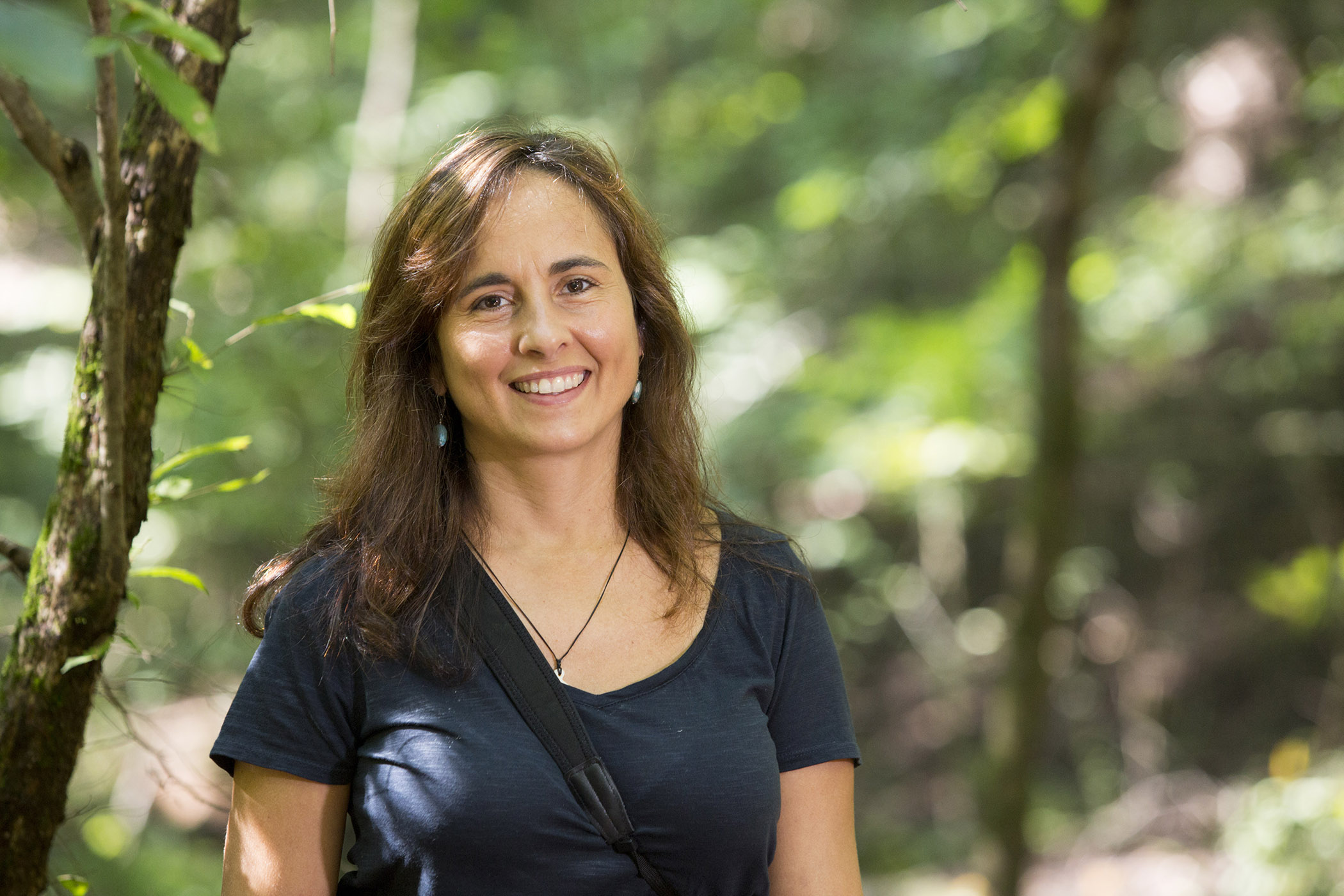People feeding white ibises at public parks are turning the normally independent birds into beggars, and now UGA researchers say it might be helping spread disease.
The researchers recently launched a study to find out how feeding these birds is changing the health, ecology and behavior of white ibises in South Florida, where construction and land development is drying up their wetland habitats.
The birds feed on aquatic animals like fish, snails and crayfish, but they now are becoming accustomed to being fed items such as bread, fast food and popcorn by people at parks, said Sonia Hernandez, an associate professor with joint appointments in UGA’s Warnell School of Forestry and Natural Resources and College of Veterinary Medicine.
This shift in feeding behavior could have serious consequences not just for the white ibises, she said, but also to people.
“In a previous study, and using molecular typing methods, we found that the strains of salmonella bacteria that white ibises are infected with are the same that some people get sick from, particularly in Florida,” Hernandez said. “Because white ibises move from urban to natural environments readily, they might be responsible for moving these strains around over large distances.”
Hernandez is working with other UGA researchers on the five-year, $2.1 million project, funded by the National Science Foundation’s Ecology and Evolution of Infectious Diseases Program. Their findings could apply to other wildlife species that have grown cozy with humans at public parks and other human-altered landscapes, she said.
Other researchers on the project are Jeff Hepinstall-Cymerman, an associate professor in the Warnell School; Sonia Altizer, a professor, and Richard Hall, an assistant research scientist, both in the Odum School of Ecology; and Kristen Navara, an associate professor in the College of Agricultural and Environmental Sciences.
The white ibis most commonly is found in Florida, although it can be spotted along the Atlantic coast as far north as North Carolina and on the Gulf Coast as far as Louisiana. They are normally nomadic, can travel for miles every day and typically spend much of their day searching for food.
But why expend energy searching for food when humans at public parks will give it to them?
“If white ibises have a reliable food source,” Altizer said, “they might form larger flocks that stay put year-round near the parks.”
This shift toward more sedentary behavior could allow pathogens, like salmonella, transmitted through feces to build up and pose risks for both birds and humans.
Greater numbers of ibises in urban parks also puts them in contact with animals they wouldn’t normally meet in natural environments, like muscovy and mallard ducks, gulls and other common city birds, all reservoirs of diseases for birds.
As part of the project, the researchers will focus on white ibises in Palm Beach County, Florida, where Hernandez has been conducting field monitoring of the birds since 2010. The research site will span six urban and six natural areas in the county, and researchers will conduct field sampling of white ibises on a quarterly basis for two years to accurately estimate the birds’ population size.


